Rentvesting is renting where you want to live while buying an investment property elsewhere. It remains a strategy many Melbourne buyers are considering. But does it still stack up with today’s rising rents, shifting tax rules, and fluctuating property values?
Key Takeaways
- Rentvesting lets buyers live in desirable suburbs while building equity in more affordable areas.
- With rising rents and higher holding costs make the strategy riskier but still viable with careful planning.
- Success depends on selecting high-growth investment suburbs, clever finance structuring, and selecting the right type of property.
What Is Rentvesting?
Rentvesting is when you rent in a suburb you’d like to live in, but purchase an investment property in a different, often more affordable, area. For many, it’s a way to enter Melbourne’s property market sooner while enjoying the lifestyle of a premium suburb.
For example, instead of saving endlessly for a home in South Yarra or Toorak, a buyer might rent in these areas while purchasing an investment property in more affordable growth areas.
Why Rentvesting Has Been Popular in Melbourne
Rentvesting surged in the mid-2010s and 2020s for several reasons:
- Lifestyle flexibility: Live where you want, not just where you can afford to buy.
- Property exposure: Get into the market sooner without waiting for deposits to catch up with rising prices.
- Tax benefits: Interest and holding costs can often be deducted for investment properties.
- Equity growth: Well-chosen investment properties can generate equity for future moves.
Challenges Rentvestors Face in 2025/26
While the concept is sound, Melbourne’s 2025 market presents new challenges:
- Rising rental costs: Premium suburbs have seen rent increases of up to 15% year-on-year, squeezing cash flow.
- Interest rates & repayments: Holding investment debt can be tough with variable rate pressure.
- Policy changes: Shifts to negative gearing and land tax discussions could impact long-term returns.
- Competition for growth areas: More investors are chasing limited stock in outer suburbs.
Where Rentvesting Still Works in Melbourne
The strategy is most effective in areas where property values are tipped for growth but entry costs are lower. Examples include:
- Kew and Hawthorn (as rentals): Desirable lifestyle hubs for rentvesting tenants.
- Middle Park, Albert Park, Brighton: Strong rental demand but high buy-in, making them better to rent in than buy.
- Malvern East, Elsternwick, Clifton Hill: Suburbs with relative affordability and long-term growth potential for investors.
- Seaford, Carrum, and Bonbeach are in high demand from owner-occupiers, offering proximity to Port Phillip Bay, family-friendly amenities, great transport, and good primary schools.
- Mornington Peninsula: Popular for lifestyle and holiday rentals, offering capital growth for the right type of property.
For tailored guidance, explore our Buyer’s Advocacy Services.
Is Rentvesting Right for You?
The strategy isn’t for everyone. Rentvesting works best if:
- You’re disciplined with finances and diversify your investments.
- You’ve chosen an investment suburb with solid fundamentals.
- You buy the right type of property within the suburb.
- You have a strategic reason that relates to tax and estate planning.
- You have a clear plan to either hold long-term or leverage equity into a future home.
If lifestyle and flexibility are your top priorities, rentvesting might provide the balance you need. If ownership stability is your top priority, it may not be the right strategy.
Conclusion: Rentvesting Still Has a Place
Despite higher rents and changing market conditions, rentvesting can still be a smart way to enter Melbourne’s property market in 2025. The key is choosing the right investment location, structuring finance effectively, and planning with a long-term view.
Ready to Explore Your Options?
Industry Insider helps Melbourne buyers – from first-timers to seasoned investors – create clear, customised strategies that work in today’s market.



